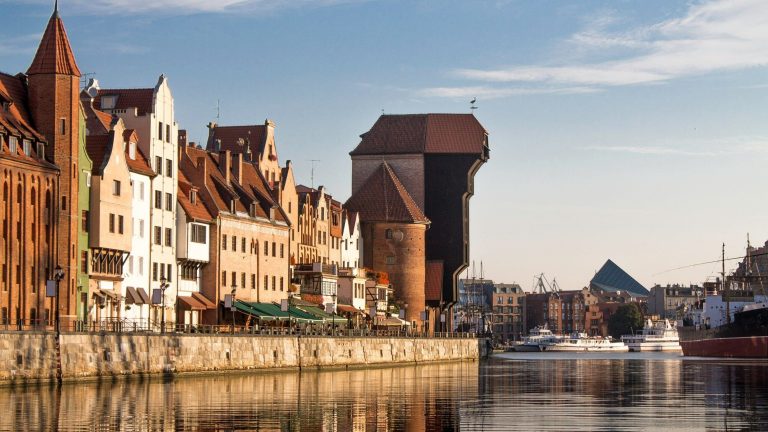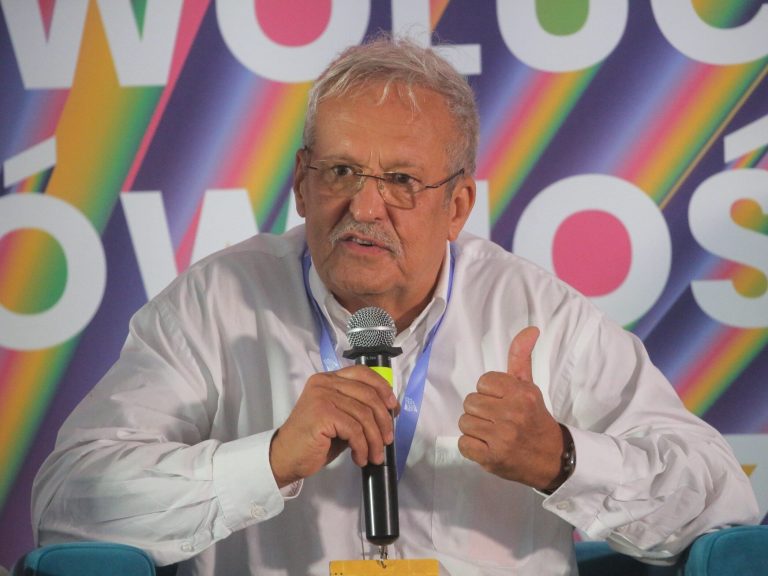The smallest cemetery in Warsaw hides a dark history. The last funeral took place here in 1872

I am hiding right on the Prague side of the Vistula, hidden between the railway tracks. The 19th-century, forgotten cemetery will return with the story of one of the most terrible epidemics in the history of Poland.
“Under this grave lie the remains of 478 people who died of cholera in 1872-73” – reads the content of a mysterious inscription on a tombstone hidden somewhere between the railway tracks and Starzyńskiego Street in Warsaw. The small plinth of the tomb with a cross on the top arouses fear, but also respect for modern medicine. The epidemic that decimated the capital’s population years ago now remains only a dark memory of the 19th century. The necropolis is open to visitors, but it is not easy to find.
Deadly cholera struck Warsaw
It will be a journey into times not as ancient as it might seem. Less than two hundred years separate us from the fight of our ancestors against the invaders and the fight of underdeveloped medicine against cholera. “I don’t know if there will ever be another Poland, but I am sure that there will be no more Poles,” said Emperor Nicholas Romanov after his victory in the November Uprising in 1830. The soldiers of the empire not only defeated the insurgents, but also brought one of the most contagious epidemics in European history to Poland. Prisoners returning from distant eastern areas also contributed to the spread of the disease. Infected people often did not live even more than a dozen hours.
The capital fought against the plague and contaminated water for several dozen years. When the epidemic hit, in a city of approx. 200,000 people 11,000 inhabitants were infected, and half of them died. In 1852, the situation was so serious that a special isolation hospital for the infected was finally established. For this purpose, a former military building was used, which after expansion became a city hospital (currently the Prague Hospital of the Transfiguration of the Lord). As a result of another wave of cholera that hit Warsaw in 1872, a cemetery was established on the then outskirts of the city, on the Prague side of the Vistula. Despite improved sanitary conditions, the capital still struggled with the plague for a long time. The next and last wave of the epidemic hit Warsaw in the last decade of the 19th century.
The cemetery is open to visitors, but not easy to find
The “Cholera Cemetery” is a small piece of the enormous history of 19th-century Warsaw, which remains open to visitors for those interested. The brave only need to find a path that, even today, with technology, can be mysterious. Entered into the register of monuments in 2012, it remained on the margins of Warsaw’s attractions for many years. The monument was built and destroyed several times, mainly due to the construction of subsequent railway lines. The current plinth was unveiled in 2010, and PKP Intercity takes care of the former cemetery area, this time not allowing engineers or outsiders to interfere with its presence.
Necrotourism has been very popular for years. Visiting abandoned tombstones may be an ideal form of “entertainment” for lovers of history and “dark tourism”, especially during November weather. At Wprost.pl we suggest other places related to death worth visiting in Poland and Europe.






